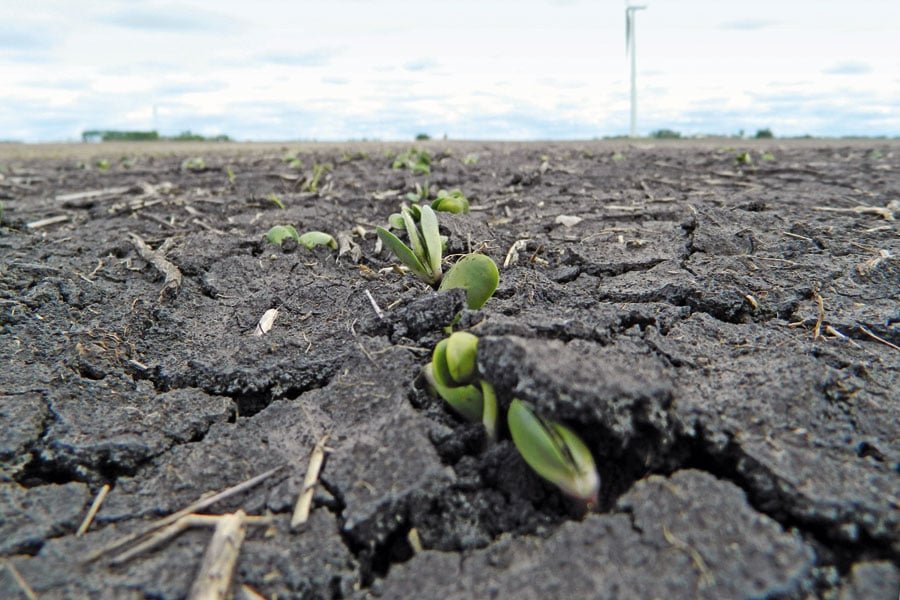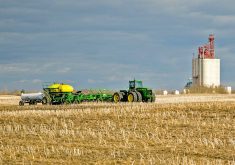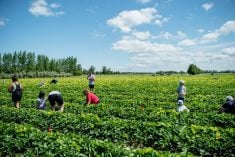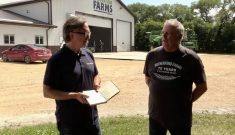As soybean acreage has exploded, new questions about soil erosion are arising.
This past spring a record 2.3 million acres were planted and that has soil specialists expressing some concern about increased tillage practices and the soil impact of the new crop.
“When you go to crops like soybeans, the ability of the soil to regenerate through the organic matter that is produced by the crop is pretty limited because it’s notorious for being a low biomass crop,” the University of Manitoba’s David Lobb said.
Read Also

Manitoba boosts stake in cereals centre to $23.5 million
Premier Wab Kinew said the additional project funds will help ‘Trump-proof’ the provincial economy.
He used corn as a contrast. Another high-tillage crop because of its residue management, corn leaves behind large amounts of biomass to contribute to organic matter.
Crops like alfalfa, which soil enthusiasts have commonly pointed to for its deep roots and agronomic advantages of perennial forage, are similarly high biomass.
“I’m not saying soybeans are bad,” Lobb said. “It’s just you have to look at your rotation a little differently to make sure you’re not exacerbating that loss of organic matter and loss of soil health. I’m not saying soybeans are bad because they might actually make a farm profitable.”
Cover crops or overwinter crops might help combat soil degradation brought on by tillage by injecting more organic matter into the system, he said.
Reducing tillage has become perhaps one of the most cited weapons against soil degradation, but it may not be enough to improve already degraded soils, Lobb said.
“Even with conservation tillage or reduced tillage, there’s still some degradation occurring, just not as rapid as conventional tillage,” he said.

At the same time, no till may not be in the interest of all farms, Manitoba Agriculture soil specialist Marla Riekman said. Vertical tillage (which has less soil inversion) and strip tillage (which tills only the seedbed, leaving strips of no till in the field) might be viable options when tillage is needed, she said, also advising producers that deep tillage at a slow speed may actually be less harmful to soil structure than shallow and fast.
Tillage erosion, when soil is scraped off hilltops, contributes significantly to soil degradation in Manitoba, but there has been little research attention paid to it, Lobb said.
What work has been done, he said, has been done on research farms which were intentionally planted on flat land to limit variability in small-plot research.
The result is a gap in knowledge when it comes to degraded soil and how it recovers, he said.
















